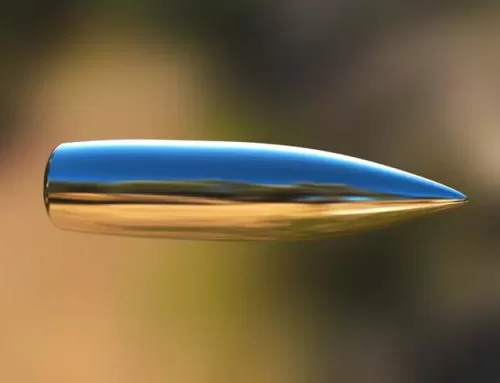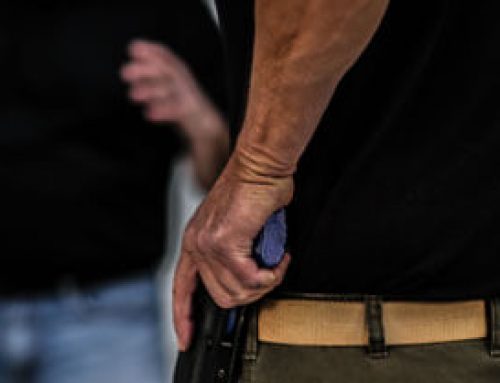During the late 80’s and throughout the 90’s when I was training in both the Filipino Martial Arts (FMA) and Muay Thai (also known as Thai Boxing – a combat sport of Thailand that uses stand-up striking: fists, elbows, knees, shins, etc., plus various clinching techniques), it was a grueling time of continual practice, sparring and development of certain body mechanics which would inevitably produce skill.
The intended result of all that blood, sweat and tears was to be able to perform on demand at the highest skill level possible. The masters followed a centuries-old formula to increase your knowledge base and develop your fighting skills. The appropriate balance of training, i.e. correct repetitions and putting in your time, eventually converted to on-demand performance. A simple formula yes, but not an easy one. As with any noteworthy personal goal, it took a tremendous amount of commitment, physical discipline and mental focus.
What’s true in increasing your on-demand performance in the martial arts is also true in shooting.
Knowledge, skill, performance – that is the magic formula of the masters. When training professionally in firearms for law enforcement or government service, it turns out to be the same formula. Master Firearms Instructor Rob Leatham succinctly teaches this in his performance shooting classes: “Raising your level of understanding will contribute to raising your level of skill which, when applied, will contribute to raising your level of performance.”
To be a world-class martial artist or to shoot very well, requires that you first raise your level of understanding, raise your level of skill and then by appropriately applying that skill over time, raise your level of on-demand performance. The one piece of this time-proven formula, hidden in the very small print, is what the masters call “good form.”
To produce a bone-crushing Muay Thai roundhouse kick takes a tremendous amount of control. It requires control of your body mechanics to include physical balance, momentum, timing and fighting form. When I watched my master Ajarn Chai Sirusite rip one of those devastating round kicks into the Thai pads (specifically designed gear to withstand the Muay Thai round kick) you could hear the loud “crack” against the protective leather padding and feel the tremendous power like a shockwave.
Having held the training pads for him on more than one occasion, it felt like even through the protective padding, he could break both my forearms. It always reminded me of those demonstration videos we would watch from Thailand of the professional fighters (like Ajarn Chai) breaking American baseball bats clean in half with a single round kick. Honestly, I can’t even imagine the amount of destruction that kind of power would inflict on a human leg with direct contact. When I asked him how someone can learn how to kick like that, he would say “Sir, you must have good form.”
When learning from my FMA Masters how to strike with tremendous power (enough to crack open your coconut) using impact weapons, they would tell me the same thing “Steve, you must make the good form.” Regardless of the martial art or the master teaching it, they all said the same thing – work on your form!
What exactly is good form? When watching a professional martial artist, football, baseball (or any professional sports) player, boxer, wrestler, gymnast, MMA/ UFC fighter or world-class shooter, the trained eye can observe their level of performance commensurate with their level of form. Even to the untrained eye, they certainly make whatever they’re doing look easy – even effortless. They’re execution is crisp, clean, very fluid, precise and with no wasted movement. In other words, they have good form.
Whether fighting in a defensive situation or for points in a competition, pro shooters exhibit that same level of performance. Balanced and using a stable firing platform, no wasted motion, complete control of their firearm from start to finish, including presentations, precise round placement, movement in and out of positions, flawless reloads and everything in between. What you’re watching is good form.
What I never understood all those years ago as a beginning student, was the critical importance of good form. It is the DNA of performance. It allows you optimal control of your body, balance, movement, and complete control of your empty hands, edged weapon, impact weapon or firearm. It allows you to follow a specific process and to deliver precise round placement.
Do you have the best grip possible for that shot you need to make? Do you have optimal stability in your firing platform? Do you have the articulation of trigger control necessary to make that shot? Are you able to maintain sufficient recoil control to place every round exactly where you want them, and in the time you need to make them, on your intended target? If you can do all of this and make it look easy to an observer, then there’s a very high likelihood that you have developed good form.






